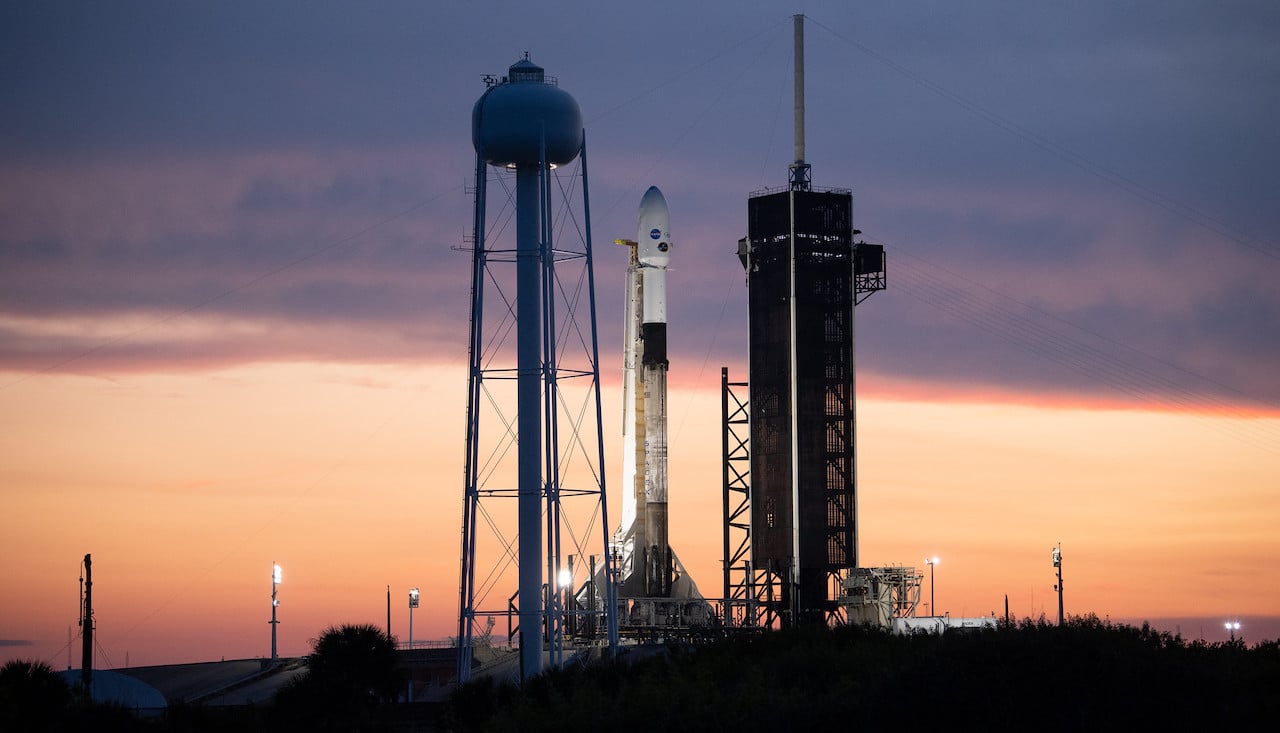The Ixpe satellite was launched on December 9, and will have an important task: to study the extreme phenomena of the universe.
The satellite’s name, Ixpe, is an acronym. And its full name already reveals something more of the American space mission in collaboration with Italy. In fact, Ixpe stands for Imaging X-ray Polarimetry Explorer, a joint mission of NASA and the Italian Space Agency (ASI), with the participation of the National Institute of Astrophysics (Inaf) and the National Institute of Nuclear Physics (Infn).
It is an astronomy satellite launched to study the extreme phenomena of the cosmos. Let’s see what the Ixpe satellite is and how it works, and find out more about its launch.
The Ixpe satellite: the mission
The Ixpe mission was announced in January 2017 and developed as part of NASA’s Small Explorer (Smex) program.
The Polarimetry Explorer Imaging X-ray mission will be dedicated to studying the polarization of light emitted by extreme astronomical sources, such as pulsars, black holes and supernova remnants. And it will allow us to better understand the characteristics and emission mechanisms of these celestial bodies.
The launch
The Ixpe astronomy satellite was launched from the Kennedy Space Center in Cape Canaveral, Florida, at 7.00 am (Italian time) on Thursday 9 December.
The launch took place with a SpaceX Falcon 9 rocket, for the fifth time in orbit.
The instrumentation
The instruments aboard the Ixpe satellite, as we said, are designed to observe violent and now mysterious phenomena in the universe, such as supernova explosions or supermassive black holes.
The efficiency of the instrumentation of the Ixpe mission is one hundred times greater than that of the X-ray telescopes used 50 years ago. The three telescopes on board the Ixpe satellite, designed and built in Italy, will allow us to understand how the X-rays emitted by very distant cosmic objects are polarized, or how they vibrate in a particular direction. The study of polarization will help to better understand the extreme astronomical sources that generate them.
The IXPE satellite has three X-ray telescopes with a focal length of 4 meters, equipped with Gas Pixel Detectors (GPD) capable of simultaneously measuring the position, energy, arrival time and angle of each intercepted photon. These telescopes will make it possible to study the sources of the rays in greater depth.
These are revolutionary studies thanks to polarimetry, which exploits the ability of compact stars to heat the surrounding gases to temperatures of millions of degrees, consequently emitting X-rays, which give the possibility to study their polarization.
The answer (we hope) to big questions
Studying the polarization of light means acquiring new knowledge about its origin.
And it can therefore mean, among other things, a help in answering some big questions of astrophysicists. For example: how do black holes rotate? What physical processes are at the origin of the X-ray emission of pulsars? What are the jets of high-energy particles ejected from the area around supermassive black holes at the center of galaxies powered by? Was the Milky Way, the black hole at the center of our galaxy, an active black hole in the past?
An Italian mission too
The mission of the Ixpe satellite has a total cost of 180 million.
Italy contributed 20 million euros. The National Institute of Astrophysics (INAF) participated in the Ixpe mission, to which the scientific coordination was entrusted, and the National Institute of Nuclear Physics (Infn), which with INAF and the support of ASI conceived and developed the instrument that represents the heart of the mission, the Gas Pixel Detector (Gpd).
The ASI makes its base in Malindi available to the Ixpe mission for data reception, thanks to the collaboration of Telespazio (Leonardo-Thales). And also the Space Science Data Center (Ssdc) for data analysis.
The Ohb-Italia company collaborated on the mission for the industry, and the University of Roma Tre for the scientific part.
The statements
Giorgio Saccoccia, president of the Italian Space Agency, said: “We are particularly proud to have been able to deliver the innovative scientific instrumentation of Ixpe on time.despite the challenge of the pandemic.
Now the word goes to science, to new discoveries made possible by the spatial commitment of our country.
NASA and the Italian Space Agency, the United States and Italy have a long tradition of bilateral cooperation on successful space missions and the Ixpe mission represents another virtuous example of the Italian ability to work with international partners for the growth of activities. space at a global level “.
Antonio Zoccoli, president of the National Institute of Nuclear Physics, added: “Ixpe will observe the universe in a new light, in the true sense of the word., and what will allow it to do so is its innovative all-Italian technological heart, the result of a long and important research and development work carried out entirely in-house in our laboratories in the Infn Sections of Pisa and Turin ”.















Leave a Reply
View Comments